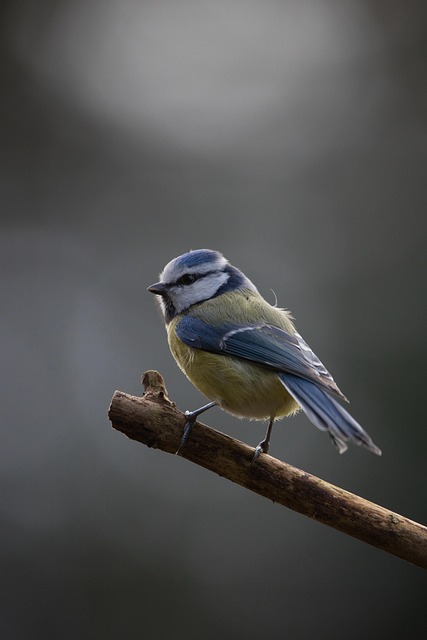Professional wildlife removal services are essential for addressing persistent issues like scratching sounds and structural damage caused by animals like squirrels or rats on Golden walls. The process begins with species identification, followed by targeted methods such as live traps, habitat modification, and safe repellents. Restoration ensures structural integrity and visual appeal while maintaining the original aesthetic. Preventive measures like sealing entry points, proper ventilation, and regular inspections are crucial to avoid future damage, safeguarding your Golden walls' beauty for years to come.
“Unwanted visitors can leave their mark on your home, especially when it comes to the delicate golden walls. This article delves into the world of wildlife control, offering insights on addressing scratching sounds caused by common animals. We explore effective wildlife removal techniques while prioritizing safety and humanity. Furthermore, learn about repairing and restoring your golden walls post-damage, along with preventive measures to keep these creatures at bay. Discover professional tips for managing wildlife interactions and maintaining your home’s integrity.”
- Understanding Wildlife Damage: Common Causes and Types of Scratching Sounds in Golden Walls
- The Process of Wildlife Removal: Effective Techniques for Safe and Humane Deterrence
- Repair and Restoration: Restoring Your Golden Walls After Wildlife Damage and Preventive Measures
Understanding Wildlife Damage: Common Causes and Types of Scratching Sounds in Golden Walls

Wildlife damage can manifest in various ways, and one often overlooked yet common issue is scratching sounds emanating from golden walls. Understanding these causes is crucial for effective wildlife control. Scratching noises usually indicate the presence of rodents like mice or squirrels, which find shelter behind walls, particularly during colder months. These animals use their sharp claws to create ventilation points, enabling them to breathe and escape easily.
Golden walls, often a sign of older homes, present appealing hiding spots due to cracks and crevices. The sounds can be identified as rapid, rhythmic scratching, sometimes accompanied by scurrying noises. Homeowners may also notice signs of gnawing on wiring or structural components. Prompt action is essential when addressing wildlife damage. Professional wildlife removal services are equipped to handle such situations, ensuring the safety and well-being of both the animals and the home.
The Process of Wildlife Removal: Effective Techniques for Safe and Humane Deterrence

Wildlife removal is a delicate process that requires professional techniques for safe and humane deterrence, especially when dealing with persistent issues like scratching sounds in Golden walls. The first step involves identifying the species causing the damage, as different animals have unique behaviors and habits. Once determined, professionals employ various methods to discourage wildlife presence without causing harm. Live traps are a common and humane approach, allowing captured animals to be released back into their natural habitats unharmed.
Effective techniques also include habitat modification to minimize appeal, such as sealing entry points and securing trash cans. Repellents and deterrents, both natural and synthetic, can also be used, though it’s crucial to ensure they are safe for both the wildlife and domestic pets. In cases where animals have already caused damage, repairing the affected areas involves skilled restoration work to match the original aesthetic of Golden walls, ensuring both structural integrity and visual appeal.
Repair and Restoration: Restoring Your Golden Walls After Wildlife Damage and Preventive Measures

After wildlife has caused damage to your golden walls, repairing and restoring them is a crucial step. Scratching sounds from animals like squirrels or rats can leave unsightly marks and even structural issues. Professional wildlife removal services are equipped to address these problems effectively. They employ specialized techniques such as patching, repainting, and in severe cases, replacing damaged sections of the wall.
Preventive measures are equally important to avoid future damage. This includes sealing entry points, ensuring proper ventilation, and maintaining a clean environment around your home. Regular inspections can help identify potential weak spots where wildlife might gain access. By taking proactive steps, you can safeguard your golden walls from unwanted visitors and maintain their beauty for years to come.
When dealing with wildlife damage, particularly scratching sounds in golden walls, prompt action is crucial. Understanding common causes, employing effective removal techniques, and implementing preventive measures are key to restoring your property and avoiding future intrusions. By combining humane deterrence methods with thorough repair and restoration, you can ensure your golden walls are protected and enjoy a peaceful environment once again. Remember, professional wildlife control services can provide expert assistance throughout this process, offering peace of mind and the best outcomes for both your home and the animals involved.
